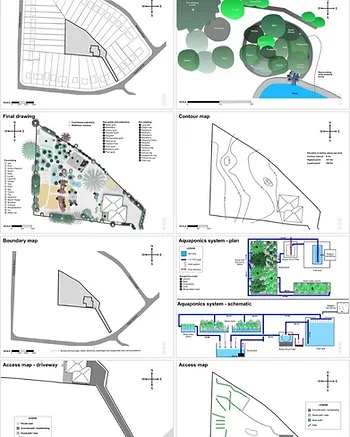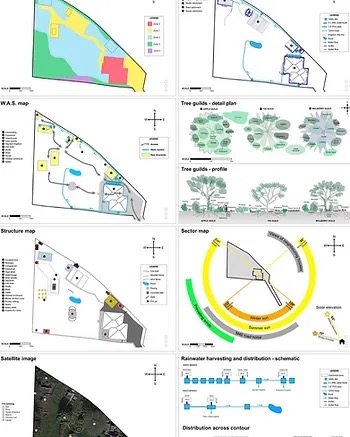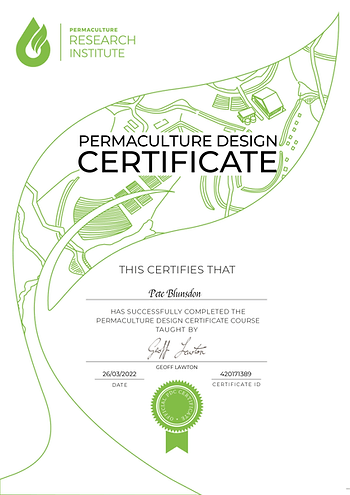On International Permaculture Day, I’m happy to report that I’m now a certified permaculture designer!
My permaculture journey started in 2015 when by chance I attended a City Circle talk from Richard Tatum and Shamaila Akram. This resonated with me on a number counts – it aligned with my own dislike of industrial farming, it opened my eyes to changes you can make in your own back garden, it piqued my nerdy interest with aquaponics, and it reminded me of my fondness of The Good Life (yup, Tom and Barbara!) and building food resilience.
Both speakers had completed a permaculture design course (PDC) with Geoff Lawton so this was a new area of research.
Four years later I started my own PDC with Geoff Lawton though this had to be deferred due to personal circumstances to 2021. The online PDC is a significant undertaking, but was made easier during the COVID lockdown, with the daily commute time spent on instructional videos and exercises.
That said, there were times when it didn’t seem it would be possible. Studying in the morning followed by a regular day’s work made it exhausting to pick it up again in the evening… my home office was also my PDC study area so I spent a lot of time in there!
The course culminates in the Final Design Exercise (FDE). This was a chance to pull everything I’d learned together and apply it to a real world setting.
We started off with contour measurements with a homemade bunyip water level…

…then moved on to sector analysis and a lot of observation work to capture existing characteristics, species, soils, before moving on to a zone analysis.
It was exciting to start putting ideas on paper, but like a child in a sweetshop I wanted to do everything all at once. What seemed initially to be a focused activity required revisiting the course elements to refresh my understanding on specifics. Weeks turned into months, and I was very grateful for a couple of deadline extensions!
Drawings were created in Affinity Designer which seemed to offer the best compromise of features and price. It took a few days to become fluent with it but I was really happy with how it works and will definitely carry on with it.
The FDE process is supported by a workbook which takes you through the design steps in a logical sequence covering:
- Client brief
- Location and property – property details, boundaries and contours
- Observation and research – climatic factors, water, access, soil types, infrastructure, flora and fauna
- Sector analysis – sun, wind, water, aesthetics
- Design concept – water, access, structures
- Zone analysis and planning
- Species and plant quantity list
- Detailed description and final drawing
The result was an 80-page submission supported by maps and schematics – I’ve attached a few thumbnails below.


I was super happy to receive my permaculture design certificate. It marks recognition of the effort that went in to it, but more importantly provides a baseline for future design challenges!

